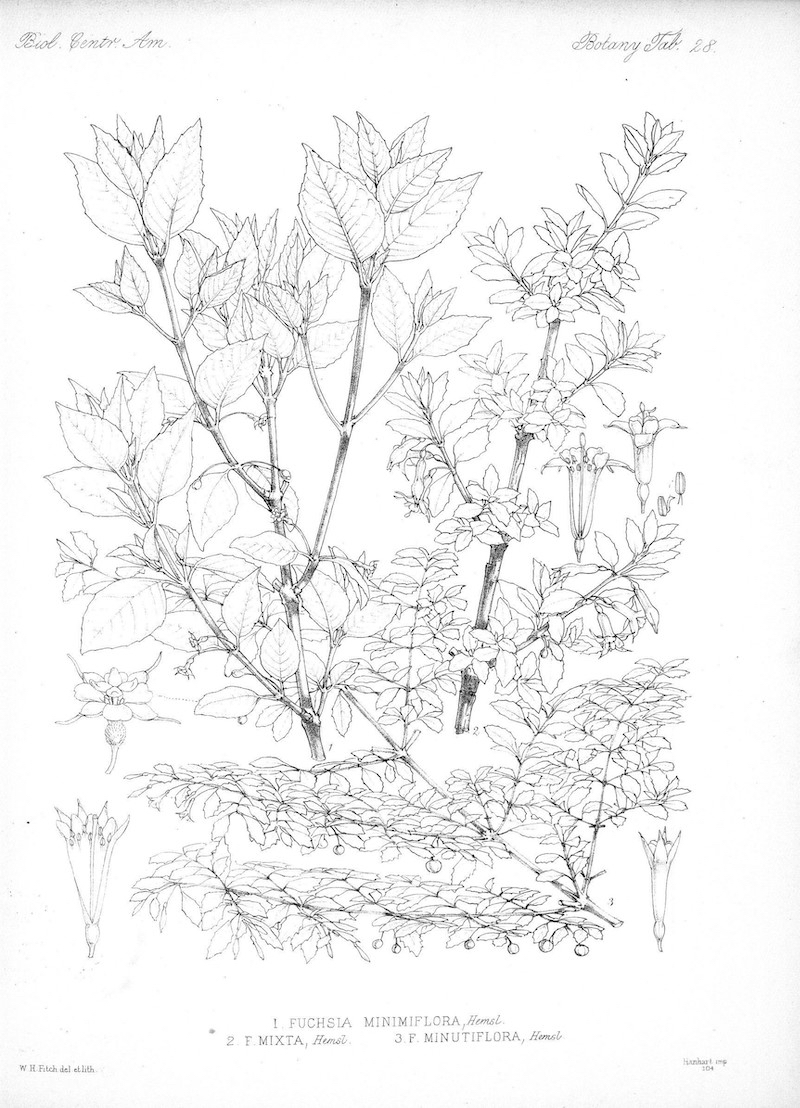William Botting Hemsley
Tuesday, December 29, 2020
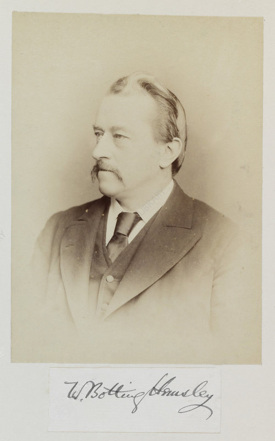
Hemsley began his training in botany and horticulture at the Royal Botanic Garden, Kew in 1860, when he was only seventeen. His close association with Kew would last his entire career. Starting as an Improver in 1860, he eventually rose through several positions there to become Keeper of the Herbarium and Library from 1899 until his retirement in 1908.
In 1865 Hemsley was appointed Herbarium Clerk and helped noted taxonomist George Bentham on Flora australiensis. He was personally thanked by Bentham in the acknowledgements to the work, a striking indication of how highly the distinguished botanist thought of his young assistant. Unfortunately, Hemsley was forced to leave the position after just two years due to ill health. Hemsley seemed determined to succeed, though, and returned to Kew for botanical studies on his own over a number of years.
Hemsley would publish copiously. Between 1879 and 1888 he completed the botany content of Frederick Godman and Osbert Salvin's encyclopedia of Central American biology, Biologia Centrali-Americana. In 1885, he published an extensive and thorough report on the botanical findings of the HMS Challenger's scientific expedition undertaken from 1873-76, His Diagnoses plantarum novarum mexicanarum first appeared in 1878 and the Index Florae Sinensis, co-authored by Hemsley, was in the Journal of the Linnean Society between 1886 and 1905. Four sections of the Flora of Tropical Africa (1868, 1877, 1906 and 1911) are under his name. There are, of course, many more papers and publications.
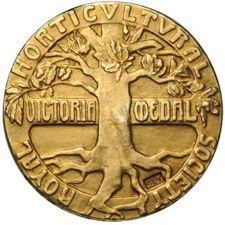
Much other recognition of his work accrued during his lifetime. He was elected to the Linnean Society (1875), the Royal Society (1889), and held honorary memberships of the Natural History Society of Mexico and the Royal Horticultural Society in the United Kingdom.
Due to the lack of formal education in early life, the distinction that Hemsley was said to have prized most was an honorary degree from the University of Aberdeen. "I have often felt the want of a university training, which no amount of study can replace."
He needn't have worried. Despite his words, he was often praised for teaching himself French, German and Latin as well as achieving great scientific distinction and acclaim in botany and horticulture without such formal qualifications.
Hemsley named the three afore-mentioned new fuchsia species of Section Encliandra. And then these three weren't. He also had a fuchsia species named for him. And then it wasn't. You can blame that all on Dennis Breedlove, Paul Berry and Peter Raven, three botanists probably familiar to most fuchsiaphiles, who took a closer look at the difficult fuchsias in Section Encliandra in 1982. Mostly it was Breedlove, though.
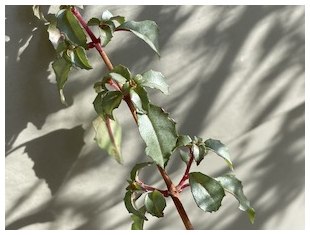
Hemsley died in 1924. His renown remained international. Fuchsia hemsleyana Woodson & Siebert was dedicated to his memory as a new species in 1937 by botanists Robert Woodson & Russell Seibert at the Missouri Botanical Garden. Alas again, it's now synonymous with F. microphylla subsp. hemsleyana (Woodson & Siebert) Breedlove, as well. You might recognize that one, though, in its beautiful silver-leaved cultivar selection, 'Silver Lining'.
Such are the intricacies of Fuchsia sect. Encliandra.
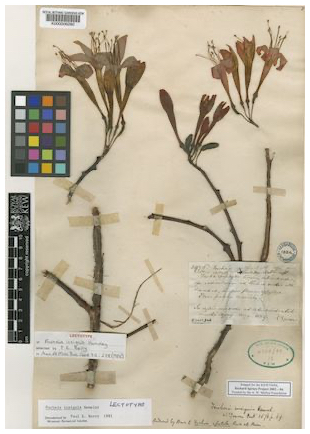
In 1878, Hemsley differentiated a new species he dubbed Fuchsia intermedia Hemsl. alongside F. splendens Zucc. in Diagnoses Plantarum Novarum vel Minus Cognitarum Mexicanarum et Centrali-Americanarum. That's a mouthful. Luckily the work usually goes by a more digestible abbreviation. The new species was one for the books as it later turned out to actually be Zuccarini's F. splendens. To be sure, Hemsley's illustrious early mentor Bentham had also been waylaid with his own synonym of it in 1841 as F. cordifolia Benth.
Sic transit fuchsia!
(Illustrations: 1. Portrait of William Botting Hemsley; 2. The Royal Horticultural Society's Victoria Medal of Honour in Horticulture. 3. Fuchsia insignis Hemsl. in the herbarium at Kew. 4. Fuchsia microphylla subsp. hemsleyana 'Silver Lining'; 4. F. minimiflora, F. mixta, and F. minutiflora Hemsl. Biologia Centrali-Americana: Zoology, Botany and Archaeology, Botany, Vol. 5 (1879-1888), Tab. 28.)
